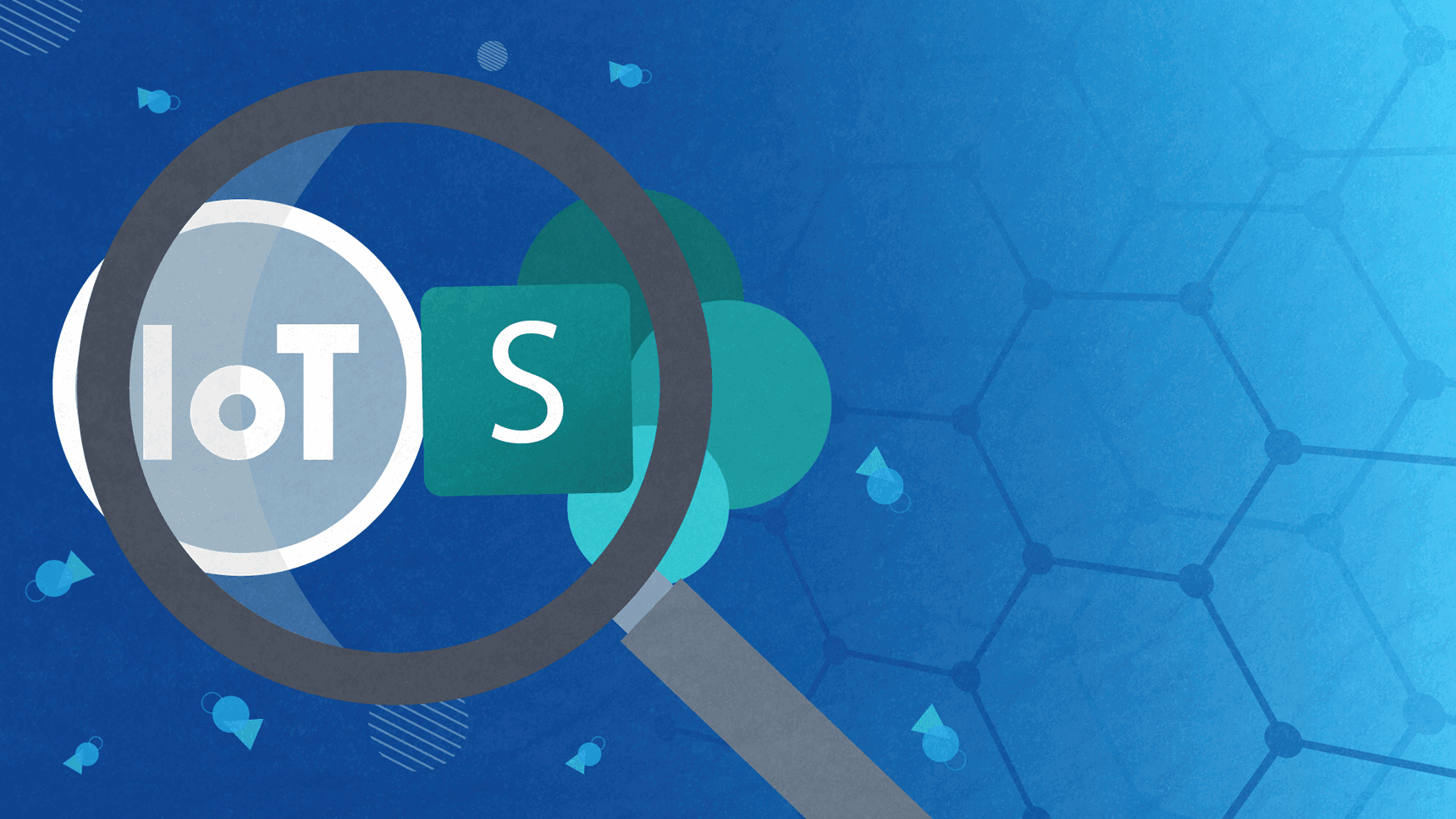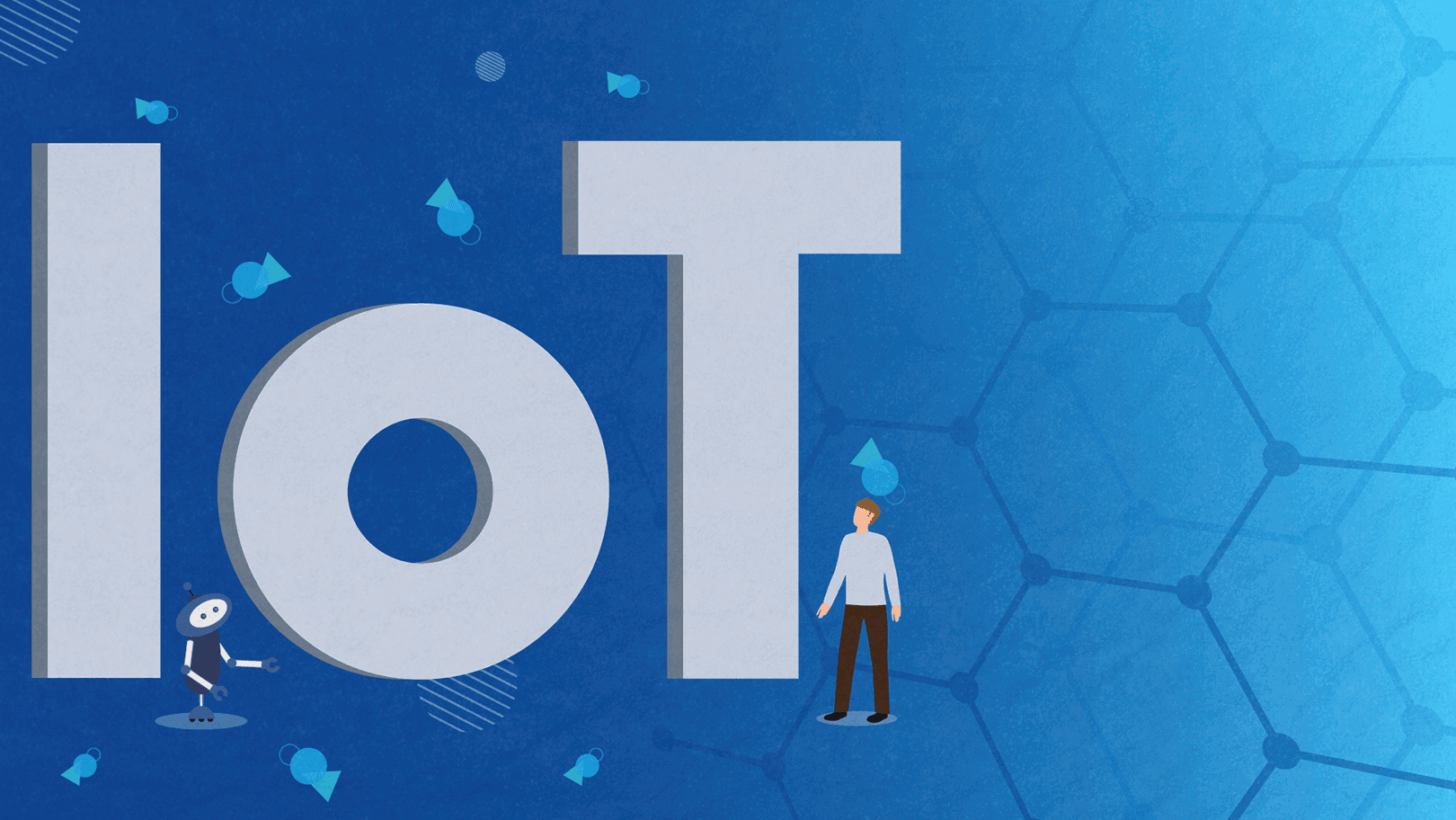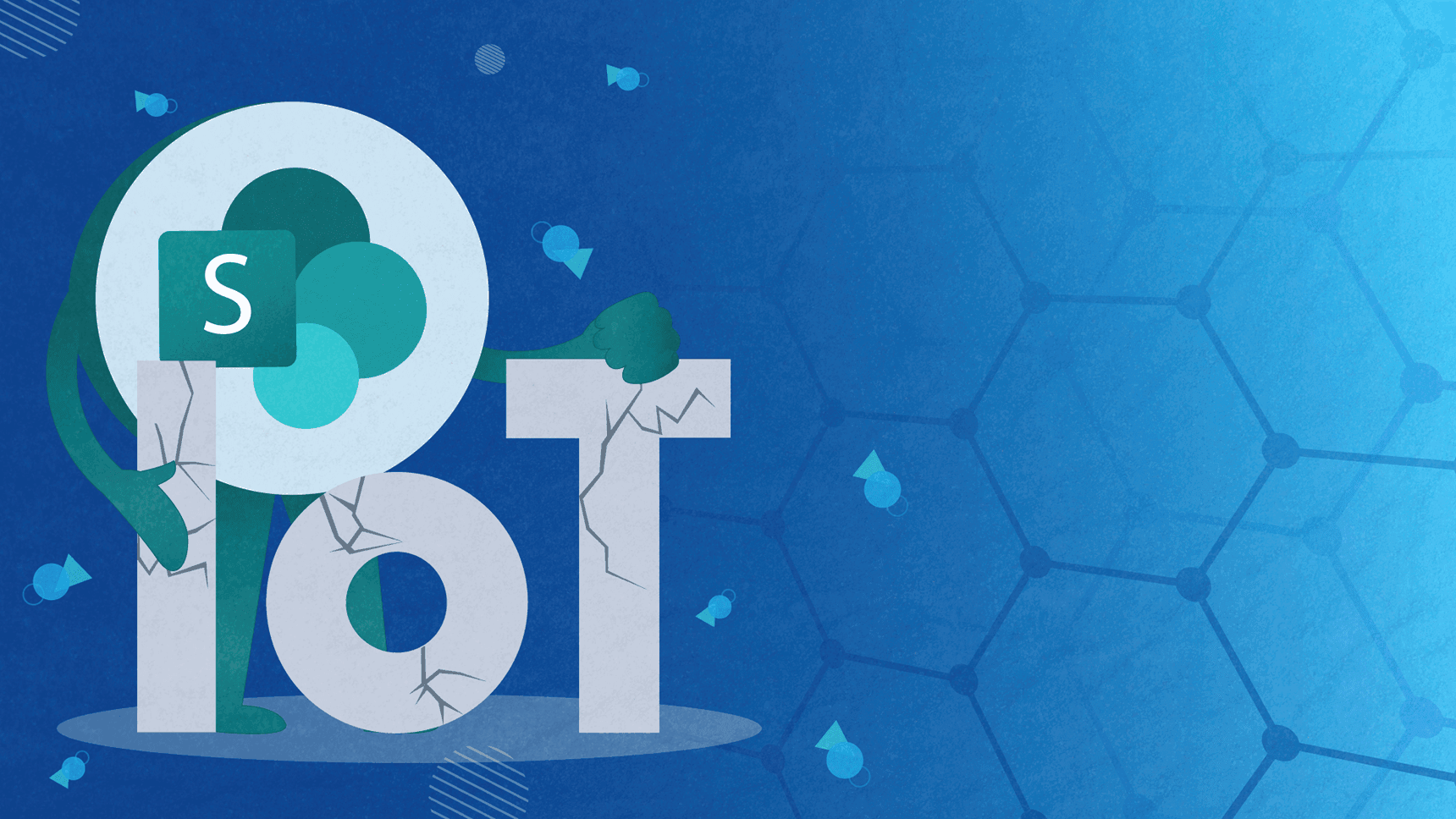SharePoint and IoT: Everything You Need to Know

If you’ve been reading Share IT’s blog regularly, you probably know that we tend to cover various SharePoint topics. Our goal is to provide you with the ultimate resource about SharePoint so that you can learn everything about the platform and its business benefits.
In today’s focus - SharePoint and IoT. Now, you might not see the instant connection between the two. As a platform, SharePoint can visualize data in a dashboard so that users can understand it in a single glance. But of course, it cannot be used for controlling cars, houses, or appliances.
So, what’s the business value of SharePoint and IoT?
Let’s start from the beginning.
What is the Internet of Things (IoT)?

The Internet of Things (IoT) is rather self-explanatory. It’s basically every device that’s connected to the internet, but the main use of technology implies defining the way these objects “talk” to one another. Once you connect automated systems with the connected devices, you’re essentially able to collect and analyze data which you can use for making informed decisions or triggering certain actions.
IoT is a widely used technology. For instance, in industrial apps it can be used to increase efficiency and optimize resources. It can also be used to monitor and control the electrical and mechanical systems. Then there are wearable devices, healthcare, fleet management, electronic keys used to improve the quality of service in hospitality, water supply systems, etc.
IoT is Growing Rapidly

It’s not without reason that IoT is called technology of the future. However, just as the internet of things continues to grow, it will also be increasingly fragmented. Greater security concerns also may fuel growth of the IoT industry. Other technologies such as 5G support the industry growth as well as the ever-growing use across different niches and types of devices.
How SharePoint Fits Into the IoT Landscape?
SharePoint users typically refine data that was provided by systems harvesting sensor data. This is the main starting point for creating an IoT strategy. The strategy usually covers the following:
- IoT capabilities behind a layer of abstraction: ensure that your IoT application access the sensor data through a secure IoT hub or platform
- Secure data storage: ensure access to all sensor data, but double check the Terms and Conditions and Privacy Policy if you’re using a public IoT platform
- Ensuring your IoT platform and applications enable digital twins: enable virtualization at any level of the systems architecture
- Optical network connectivity: test scenarios involving weakly connected sensors are gradually substituting robust networks
- Bearing in mind the full cycle of device management: Think about scaling, confirming sensor security, and what will happen when your application or sensors are gone.
In reality, IoT impacts service delivery of solutions to SharePoint. Just think of issues such as ownership, change management, and support. Even though they are not directly business-related, they still play an important role on a higher level. For instance, “End-to-End” support was affected with IoT.
How SharePoint Helps

SharePoint offers a collaborative workplace environment that can connect with both intranets and intelligent content management systems. As for the enterprise-level businesses, it’s good to mention that intranet managers have an option of connecting numerous team or communication websites into a single intranet. Having a centralized place for internal communication and collaboration comes in handy for big organizations.
And did you know that Microsoft designed special hubs for mobile responsiveness which led to better information accessibility? With these hubs, users could easily manage and locate information they need while also optimizing costs and increasing productivity.
Why Mixing SharePoint and IoT Together Requires Special Attention
In order to make the most of SharePoint and IoT, you need to know the platform like the back of your hand. Same goes for the technology behind the sensor operation. In most cases, companies don’t have an in-house SharePoint expert, which is why they opt for outsourcing. Outsourcing is smart when it comes to efficiency and gaining competitive advantage.
Just as a side note: SharePoint will be continuously updated which is why you need a consultant who is always in the loop with novelties. A true SharePoint consultant knows the following:
- Analyzing your current case
- Security policies and other obligations
- Defining the Main Point of Contact
And that’s just the tip of the iceberg.
What to Bear in Mind When Using SharePoint for IoT
There are several things that you need to know about SharePoint. So, what are those, you ask? Well, it’s a bit lengthier list:
- Make sure that you’ve identified all data storages
- Identify level of support that’s necessary for your business
- If security is in your focus, the SLAS needs to define Disaster Recovery i Business Continuity (both should be actionable plans)
- Enable your users to know and take control over their data
- If you’re in the middle of a change management, be aware that it also includes managing changes to data feeds
Once you tick all of the above-mentioned off from your list, you’ll get everything you need to jumpstart your project. It’s very important to plan ahead and to try and zoom out to make the most of your end product.
Want to Discover What Else SharePoint Can Do For You?
If you’re looking for SharePoint experts, look no further.
We at Share IT have been working within the SharePoint industry for over a decade. We worked across various industries to deliver custom SharePoint solutions that fit our clients’ business needs. When you think about it - why would you hire a “Jack of all trades” when you can hire specialists that have irreplaceable experience under their belt?
Check out our case studies and contact us today to get a time and cost estimate. We’re always happy to hear from you.